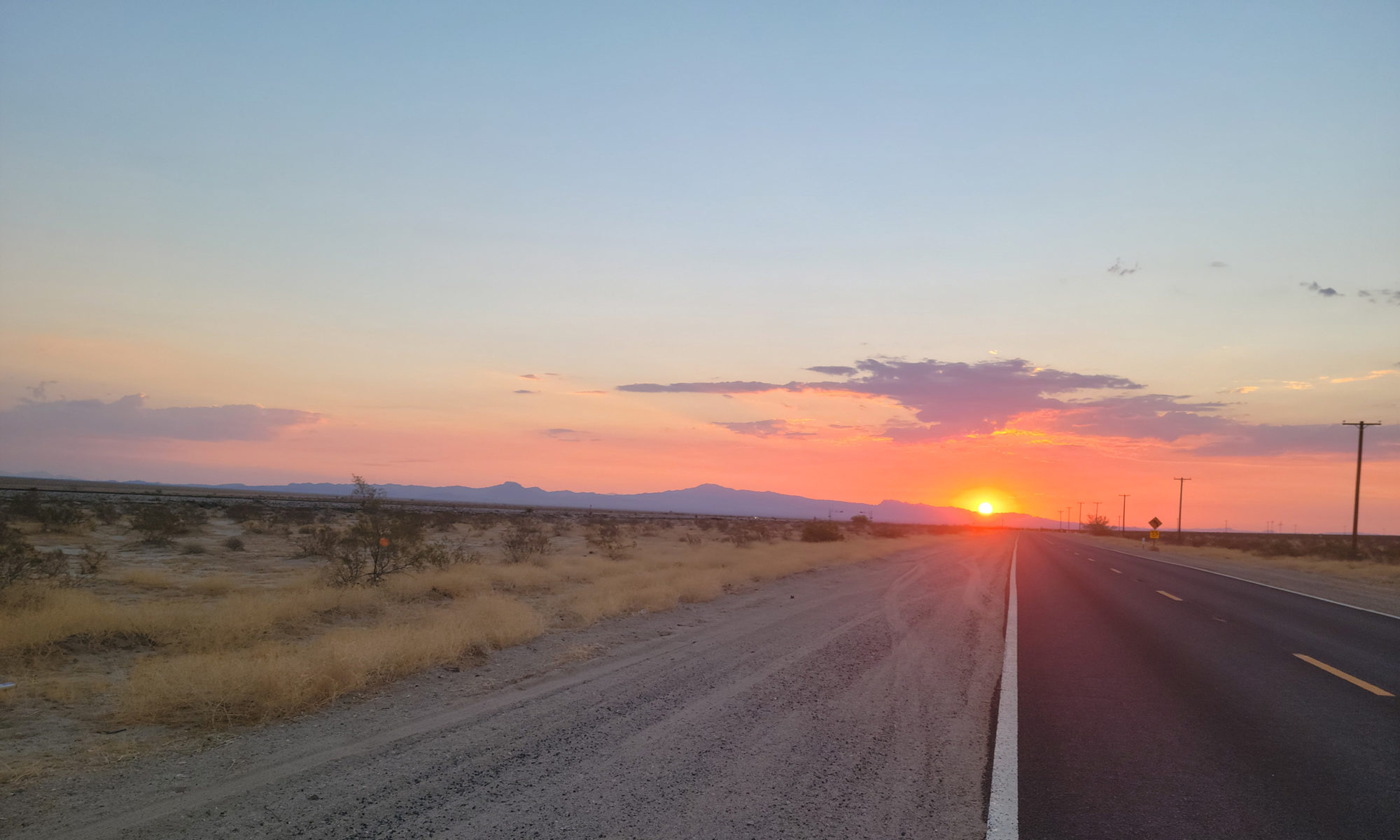The unknown is an important aspect of adventure. Taking on the unknown, braving the unknown, learning new things about the world, about yourself and other people, that you didn’t know before.
I recently ventured into the unknown in the form of a hiking trail I’d never been on before: the Taconic Crest Trail (TCT), which skirts the border between New York and Massachusetts at the south end, and Vermont toward the north. I opted toward the southern end in Petersburg, N.Y., just over the border from Williamstown, Mass.
Venturing into the unknown can be scary because…well, you don’t know what can happen, what lies ahead, what might await you. On the other hand, it can be exciting for the same reasons.

As survivalists, not so far removed from our hunter-gatherer forbears, our human minds jump to self-preservation when entering unknown circumstances. We anticipate the dangers ahead, the forces that might threaten our survival. Animals that may want to harm us for their own or their offspring’s self-preservation, or perhaps a meal. Slippery slopes and cliffsides that could hasten a fatal fall. Strange plants and roads and people and shapes all converging into a spooky, forbidding landscape ahead.
For some, it’s enough to deter going forth into the unknown at all.
For me, it’s always a wonderful opportunity, to see and experience new territory, smell new smells, discover angles of the sun streaming through forest that you haven’t exactly witnessed before.
Heading into unknown territory, I remain aware of the potential hazards. But as an optimist, I also anticipate the upside, the possibility of amazing new sensations, fresh perspectives and different ways of seeing the world. I welcome the ways in which the unknown experience ahead might change me by broadening my purview.
Slip-sliding Away
The Taconic Crest Trail isn’t a particularly challenging path and, thankfully, isn’t littered with threats and dangerous obstacles. Still, it’s a ridge path, and offers numerous side trails off the ridge. One, called the Class of ‘33 Trail, takes you down off the ridge at a precipitous angle. At this time of year, the trail is blanketed in dry dead leaves, creating an effective slide for hundreds of feet that could quickly turn dangerous as speed picks up. Climbing, side-stepping and scurrying down about a thousand feet, there were at least a dozen times when I came close to slip-sliding down the mountainside, but my footing held.
The trail also included a few brook crossings, one or two of which were precarious. With lower water these water crossings are easily navigable but the water happens to be flowing robustly and covering most the small trail rocks that would serve as foot stops. A quick balancing act on tiptoes worked fine, but a less dexterous, or unlucky hiker might have found himself stepping knee deep in freezing water, or worse, slipping off a rock and flopping body wise into the drink. From there, with later-afternoon cool setting in, hypothermia could become an issue.
The section of the TCT-Class of ‘33 Trail loop that I hiked ran almost eight miles and climbed about 2,300 feet total. This is not like Vermont’s Long Trail with its steep climbs, or the New Hampshire Appalachian Trail through the Presidential range with constant rocky scrambles. This is a trail more resembling a fire road for much of the way, with rounded, undramatic hill peaks. Climbs are straight up and straight down – no switchbacks here – but never very long.
Into the Unknown
The TCT is 37 miles long from its northern terminus outside North Pownal, Vt., to the southern terminus on Route 20 right at the Massachusetts-New York border west of Pittsfield, Mass.
Every year features a one-day thru-hike along the entire trail. I will miss the date of next year’s thru-hike as I set out to thru-hike the Appalachian Trail. But I’m enticed enough by my first foray on this trail to take on my own thru-hike, possibly in June. This is a muddy trail, however, and June’s mud plus bugs (not to mention humidity) may form a formidable double obstacle to overcome.
Hiking 37 miles in a single day (likely about 19-20 hours) is no small achievement. It would be my personal record.
More unknowns. What is the rest of the TCT like? What is the water supply along the trail? What provisions are needed for a thru-hike? And always, how will my body/mind perform on such an endeavor?
My problem is I want to discover answers to these questions. I want to follow the path around the next bend. I want to find out what it feels like in places I haven’t been. I need, always, to see what lies just ahead.
And so I go. Into the unknown.


